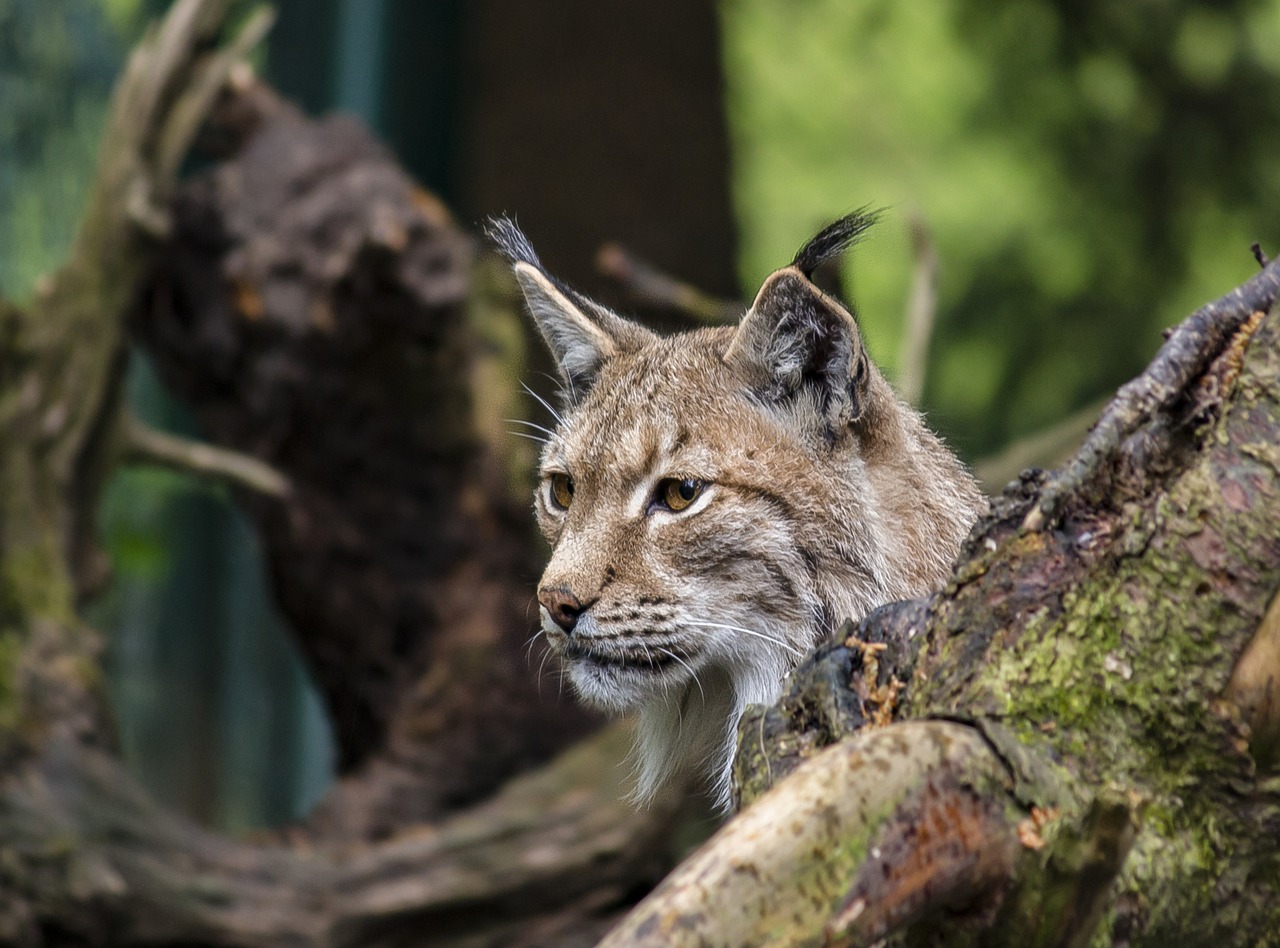Lizards, with their diverse shapes, sizes, and vibrant colors, are some of the most fascinating reptiles on our planet. From the tiny geckos clinging to walls to the impressive Komodo dragons roaming Indonesian islands, the lizard family showcases incredible adaptation and evolutionary success. This blog post will delve into the captivating world of lizard species, exploring their unique characteristics, habitats, and behaviors. Whether you are a seasoned herpetologist or simply curious about these scaly creatures, prepare to discover the incredible diversity that defines the lizard kingdom.
Understanding Lizard Diversity
What Makes a Lizard a Lizard?
Distinguishing a lizard from other reptiles requires understanding key characteristics. While snakes are legless reptiles and crocodiles are aquatic predators, lizards are typically defined by:
- Presence of limbs: Although some lizard species, like legless lizards, have reduced or absent limbs, most possess four limbs.
- Moveable eyelids: Unlike snakes, most lizards have eyelids they can blink.
- External ear openings: Lizards generally have visible ear openings, a feature absent in snakes.
- Scaly skin: Like all reptiles, lizards have scales, providing protection and preventing water loss.
- Shedding skin: Lizards shed their skin periodically as they grow, revealing a new, vibrant layer underneath.
Classifying Lizards: A Broad Overview
The lizard family is incredibly diverse, with over 7,000 recognized species. Classification is primarily based on morphological and genetic characteristics. Some major groups include:
- Iguanians: Includes iguanas, chameleons, and anoles. Often characterized by their herbivorous diets and arboreal lifestyles (for some species).
Example: The Green Iguana (Iguana iguana) is a common pet lizard, native to Central and South America. It’s primarily herbivorous and can grow to impressive sizes.
- Gekkotans: Primarily geckos, known for their adhesive toe pads, allowing them to climb smooth surfaces.
Example: The Tokay Gecko (Gekko gecko) is a large, vocal gecko found in Southeast Asia, known for its distinctive call.
- Scincomorphs: Includes skinks and whiptails, often sleek and fast-moving.
Example: The Blue-Tongued Skink (Tiliqua scincoides) is easily recognized by its bright blue tongue, used as a defense mechanism.
- Anguimorphs: Includes slow worms, alligator lizards, and the formidable Komodo dragon.
Example: The Komodo Dragon (Varanus komodoensis) is the largest living lizard species, native to several Indonesian islands. They are apex predators with a venomous bite.
Lizard Habitats and Adaptations
Adapting to Diverse Environments
Lizards have successfully colonized a wide range of habitats, from scorching deserts to lush rainforests. Their adaptations reflect the specific challenges of their environments.
- Desert Lizards: Often have adaptations for conserving water, such as thick skin and the ability to extract water from their food.
Example: The Thorny Devil (Moloch horridus) of Australia has specialized scales that channel water towards its mouth.
- Rainforest Lizards: Frequently arboreal, with adaptations for climbing and camouflage.
Example: Chameleons are masters of camouflage, changing color to blend in with their surroundings.
- Temperate Lizards: Adapt to seasonal changes with behaviors such as hibernation or brumation (a period of reduced activity during colder months).
Example: The Common Wall Lizard (Podarcis muralis) of Europe often basks in the sun to regulate its body temperature.
Specialized Adaptations: Form and Function
Beyond habitat-specific adaptations, lizards showcase remarkable specializations:
- Autotomy: The ability to detach their tail as a defense mechanism. The detached tail continues to wriggle, distracting predators while the lizard escapes. Many lizards can regenerate their tails, although the new tail is often different in color and texture.
- Color Change: Chameleons are the most famous example, but many lizards can change color to camouflage themselves, regulate body temperature, or communicate with other lizards.
- Venom: While venomous snakes are well-known, some lizard species also possess venom. The Gila Monster and Beaded Lizard are two examples of venomous lizards.
Lizard Behavior and Diet
Social Interactions and Communication
Lizard behavior varies greatly depending on the species. Some are solitary, while others live in social groups. Communication methods include:
- Visual Displays: Dewlaps (throat fans) in anoles are used for courtship and territorial displays. Head-bobbing and push-up displays are also common.
- Chemical Signals: Lizards use pheromones to mark territory and attract mates.
- Auditory Signals: Geckos are well-known for their vocalizations, which can range from clicks and chirps to loud barks.
Dietary Diversity: From Insects to Mammals
Lizard diets are equally diverse:
- Insectivores: Many smaller lizards primarily eat insects and other invertebrates.
Example: Geckos are efficient insectivores, helping to control pest populations in homes and gardens.
- Herbivores: Iguanas and some other lizard species are primarily herbivorous, feeding on leaves, fruits, and flowers.
- Carnivores: Larger lizards, like the Komodo dragon, are carnivorous and prey on a variety of animals, including mammals, birds, and other reptiles.
- Omnivores: Some lizards are opportunistic omnivores, consuming both plant and animal matter.
Conservation Concerns and Efforts
Threats to Lizard Populations
Unfortunately, many lizard species face significant threats:
- Habitat Loss: Deforestation, urbanization, and agricultural expansion are major drivers of habitat loss.
- Climate Change: Rising temperatures and changing weather patterns can negatively impact lizard populations.
- Invasive Species: Introduced predators and competitors can decimate native lizard populations.
- Pet Trade: Unsustainable collection for the pet trade can threaten vulnerable species.
Conservation Strategies
Protecting lizard species requires a multi-faceted approach:
- Habitat Preservation: Establishing and protecting natural reserves is crucial for safeguarding lizard habitats.
- Combating Invasive Species: Controlling or eradicating invasive predators and competitors.
- Sustainable Pet Trade Practices: Promoting responsible pet ownership and supporting sustainable breeding programs.
- Raising Awareness: Educating the public about the importance of lizard conservation.
Conclusion
Lizards are an incredibly diverse and ecologically important group of reptiles. From their specialized adaptations to their varied behaviors and diets, they play crucial roles in ecosystems around the world. Understanding the challenges they face and supporting conservation efforts is essential for ensuring that these fascinating creatures continue to thrive for generations to come. By appreciating the beauty and complexity of lizard species, we can contribute to their protection and maintain the delicate balance of our planet’s biodiversity.



